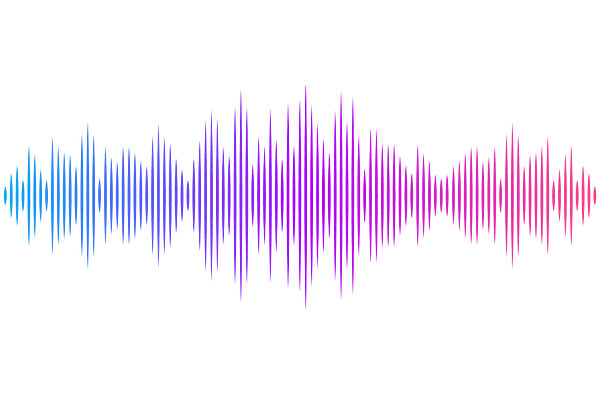Enzymatic carbon-fluorine bond cleavage by human gut microbes

Enzymatic carbon-fluorine bond cleavage by human gut microbes
Probst, S. I.; Felder, F. D.; Poltorak, V.; Mewalal, R.; Blaby, I. K.; Robinson, S. L.
AbstractThe human gut microbiota is known for its pharmaceutical biotransformation capabilities. Many pharmaceuticals are fluorinated; however, it was previously unknown whether gut microbes were capable of cleaving carbon-fluorine bonds. Here we show that dehalogenases encoded by human gut microbes, including Clostridia, Bacilli, and Coriobacteriia, are active on fluorinated amino and organic acids. Through the development of a rapid, 96-well fluoride detection assay, we screened and characterized new microbial gut defluorinases. Using alanine scanning and chimeric protein design, we identified a 41 amino acid carboxyl-terminal region which is necessary and sufficient to enable defluorination activity when fused to a non-defluorinating dehalogenase. Based on this carboxyl-terminal region alone, we were able to predict the defluorination or non-defluorination activity of microbial dehalogenases with >83% accuracy. By uncovering the hidden potential of human gut microbes to catalyze defluorination reactions, our findings lay the foundation for therapeutic interventions relevant to human and gut microbiome health.